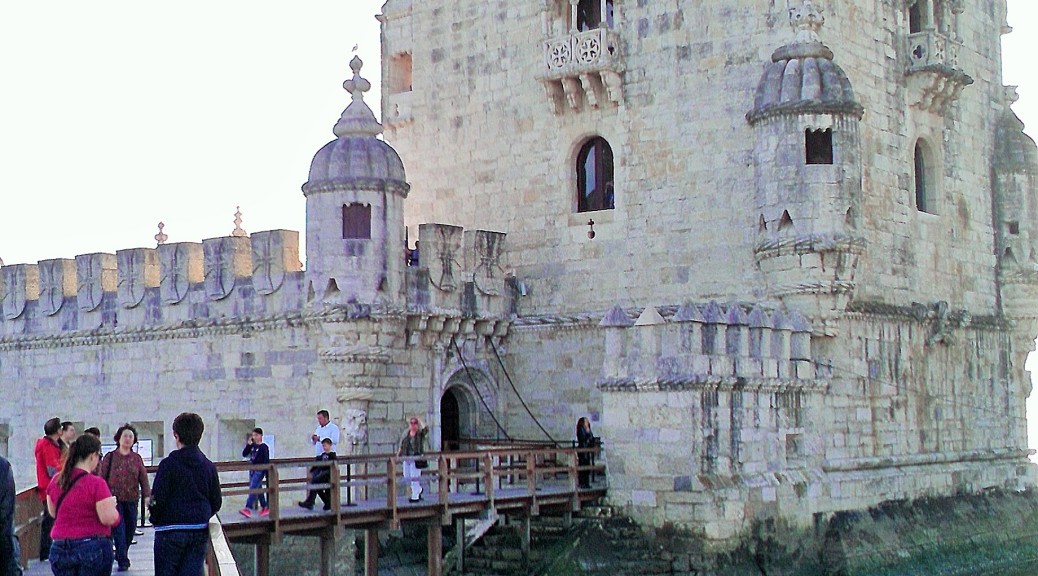Morocco is so easy to access from southern Spain, it would be almost silly not to go at least once.
Which is why I’ve now been twice. The first time was a quick weekend trip to Tangier and Chefchaouen with a friend at the end of the auxiliar school year. The second, a two-week remote working vacation in Casablanca, with a side trip to Marrakech. On both trips, the Moroccan hustle was in full effect.
In truth, there’s no way to avoid being hassled in Morocco. In fact, it should be considered a prominent feature, a defining characteristic of the locale. If you’re in well-visited tourist areas like the ones I visited, you’re most definitely going to get hassled. Shopkeepers shouting, hash peddlers whispering, little kids begging… it’s simply a part of the scene in the streets and souks of Morocco’s cities. The best thing for you to guard against, then, is being hustled. Shopkeepers, hash peddlers, little kids, taxi drivers, old women, law enforcement – all could potentially try to lighten your wallet as you walk the streets of Morocco – either by selling, stealing or conning you out of your coins.
Below are a few tips to help you make the Moroccan hassle more tolerable and hopefully help you avoid the Moroccan hustle altogether. While these tips are from my point-of-view as a woman travelling in a Muslim country, almost all of them are applicable to both women and men.
Well except, maybe…
Tip #1 – Go With a Male
On my first trip to Morocco, I went with a male, and though we were hassled, I wondered if I would be more or less hassled if I’d gone on my own. I would get a second chance to test the theory on my second trip. I spent most of my two weeks travelling solo, but had a male expat accompany me for a few days. The difference in the two experiences was incredible. When I went unaccompanied to places (cafes, restaurants, etc.) that I’d previously been with my male friend, I was often approached more aggressively and even openly sexually harassed a couple of times. I also witnessed a couple of incidents of male-to-female violence that unnerved me and generally made me feel more exposed and more wary than any other place I’ve visited as a solo female traveler. If you’re a woman who’s new to traveling solo, I’d suggest you get your feet wet in other destinations before diving into Morocco or invite a trusted male companion to go with you.
Tip #2 – Dress Modestly
This is another, somewhat obvious tip for ladies. As a tourist, a lot of your behavior or dress code will be overlooked by Moroccan locals, But there’s a big benefit to be gained by dressing to blend in versus to stand out. I’d strongly recommend lightweight, cropped pants instead of shorts, short-sleeved versus sleeveless shirts and dresses, and several lightweight scarves or sweaters to wear while in Morocco. You’ll want to always carry your scarf or sweater with you, just in case you find yourself somewhere where covered arms are required.
But, don’t think that this restricted dress code equates to an abandonment of fashion sense. On the contrary, Moroccan ladies are quite fashionable – skinny jeans, cute shoes and an endless array of hijab colors, patterns and styles are far more prevalent than head-to-toe burqas. You might also consider investing in a reasonably priced djellaba or two to wear during your stay. It’s the one article of clothing that both men and women in Morocco can agree on.


Tip #3 – Wear Sunglasses and Headphones
Especially good when travelling solo in Morocco, the sunglasses-and-headphones trick is like a semi-impenetrable force field against Moroccan hasslers. You can still hear and see enough to move about, but your eyes and ears are protected from the full onslaught of everything going on around you.
Tip #4 – Know What You’re In the Market For
You know how most people get hustled? By not having a clear and committed idea of what they do or do not want. Before you go browsing the stalls in the souks, have an idea of what you actually want to buy. If you have no idea, use part of your time to get a general idea of what’s available in the market, then circle back to make purchases. If you know what you want ahead of time, you’ll be less likely to end up buying something you didn’t want to begin with. You should also ask a trusted local (someone at your hotel, perhaps) expected price ranges for certain items that you may be interested in (whether it’s a taxi ride or a tagine), that way you’ll know how much you should be paying.
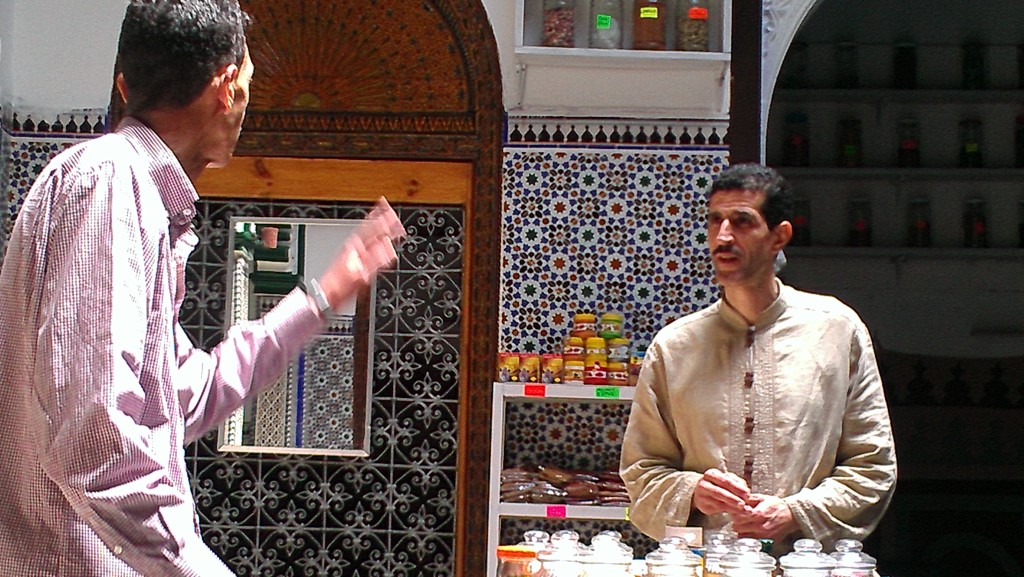
Tip #5 – Always ask, How Much?
In Morocco, you should treat the phrase, ‘how much,’ almost like you’d treat the phrase, ‘how ya doin?’ in American parlance. This is mainly because, in Morocco, you may actually be in the middle of a transaction before you’re even aware of it. Ask it of every person who approaches you out of the blue on the street. They’ll either:
- be shocked that you asked them,
- tell you that it costs nothing (you should remain skeptical), or
- tell you how much (feel free to haggle or decline)
Either way, at least now you’ll be aware of the nature of the interaction.
Tip #6 – Say, ‘No Thank You’ in Arabic and French
The two most widely spoken languages in Morocco are Arabic and French. I got away with Spanish on the northern coast of Morocco, but further in, it didn’t serve me at all. After a few days on my own, I’d mastered what has to be the most useful phrase while in Morocco in both French – ‘No, merci,’ and Arabic – ‘La, chokran’.
Tip #7 – Keep it Moving
Someone yells at you to come buy something? Someone begging you for money? Someone telling you to follow the m so they can show you the way to…? Some guy making unwelcome advances? Put it all behind you. Literally. Don’t make eye contact, don’t slow down or stand still. Get up and keep walking. This tactic works especially well when coupled with…
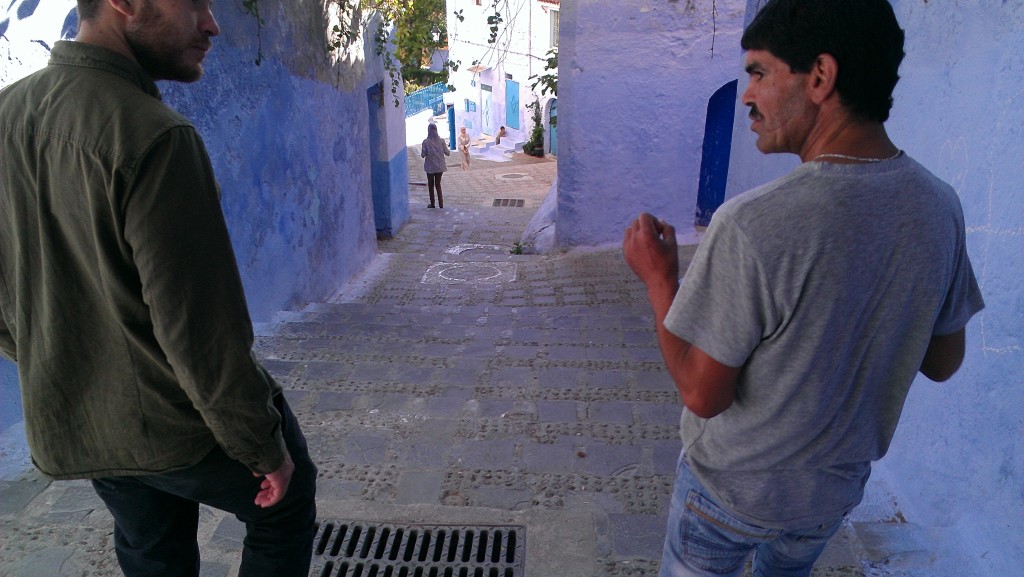
Tip #8 – Just Play Mute
Of course, you don’t have to ask, ‘how much,’ or say ‘no, thanks,’ if you don’t want to. You don’t have to say anything at all. In many cases, that’s the best way to avoid being hassled in Morocco. So instead of replying, shake your head, put your hand up, or ignore the hassler completely.
Tip #9 – Don’t Go Out After Dark
I don’t want to imply that I think that Morocco is dangerous after dark, only that I noticed that there was a certain daytime veneer to each Moroccan city I visited that the populace seemed to shrug off after sunset. It was almost like, if you’re a tourist who’s bold enough to be out after dark, then you’re a tourist who’s ready for the behind-the-scenes look. Also, I suspect the hustler-to-hassler ratio dramatically increases after dark, so to avoid them, stay at home after sunset.
Have you traveled to Morocco? What was your experience with street hasslers? Do you have any tips you’ve used to avoid being hassled or hustled in Morocco? Share them in the comments!
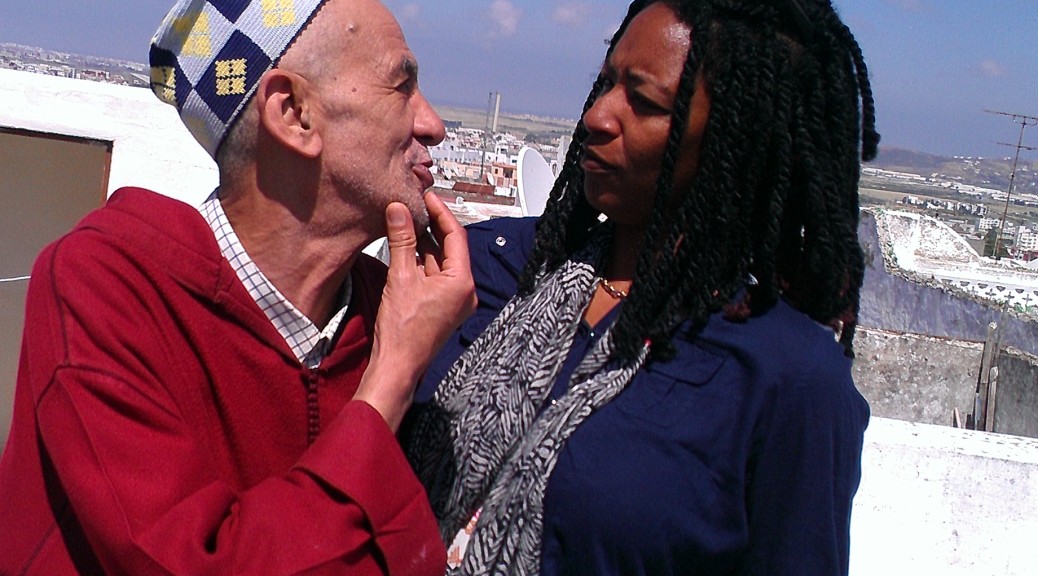

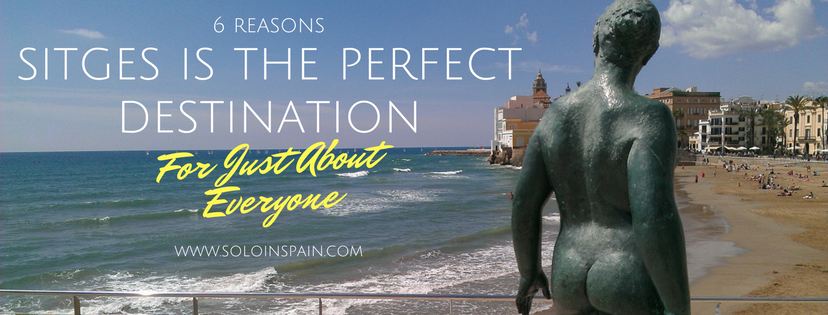
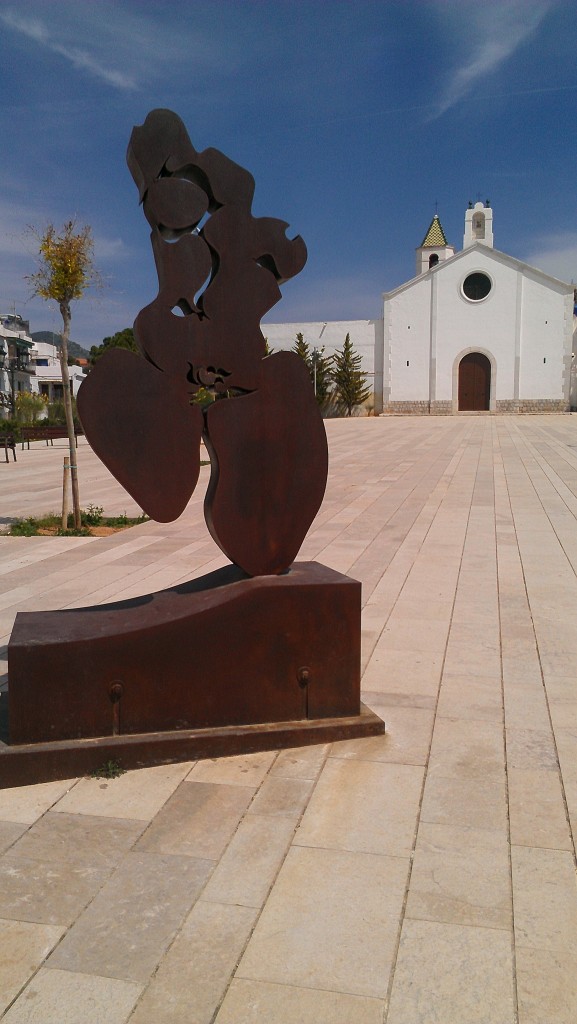
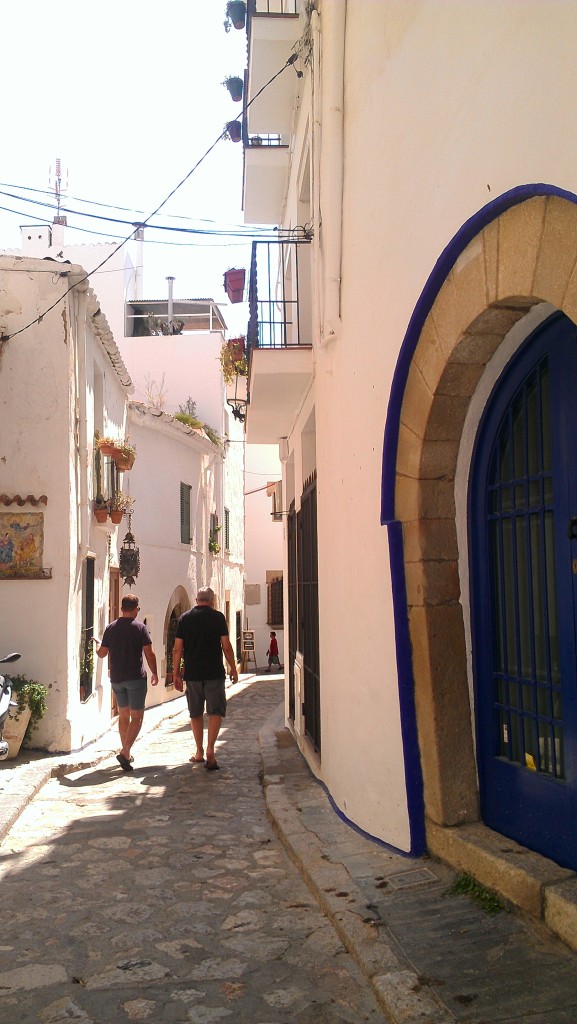
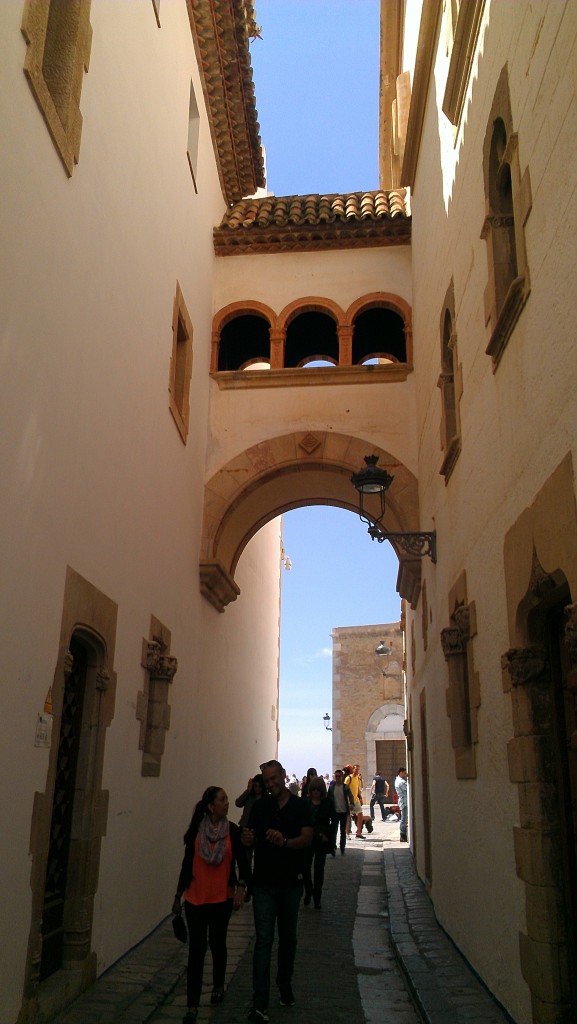
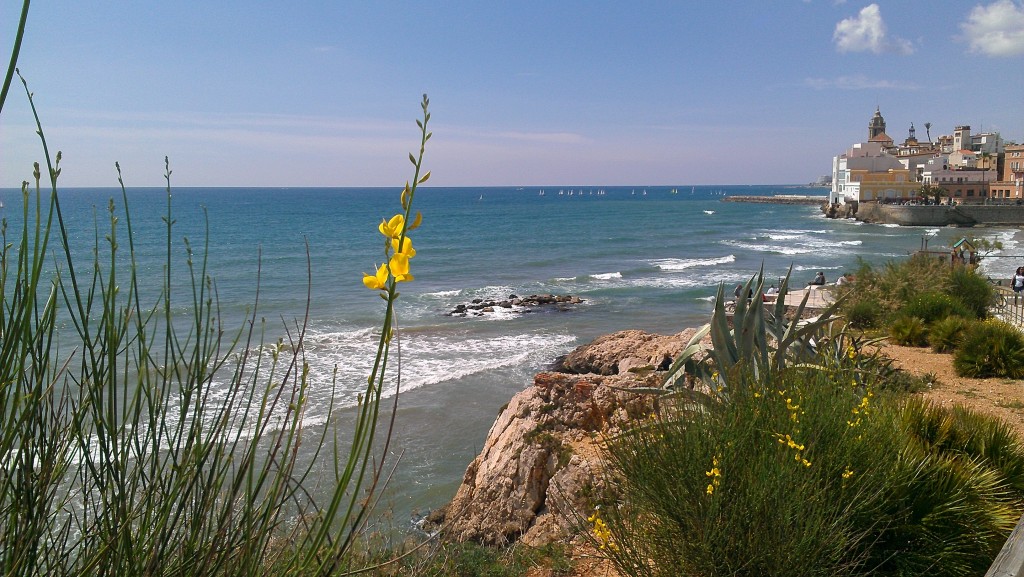

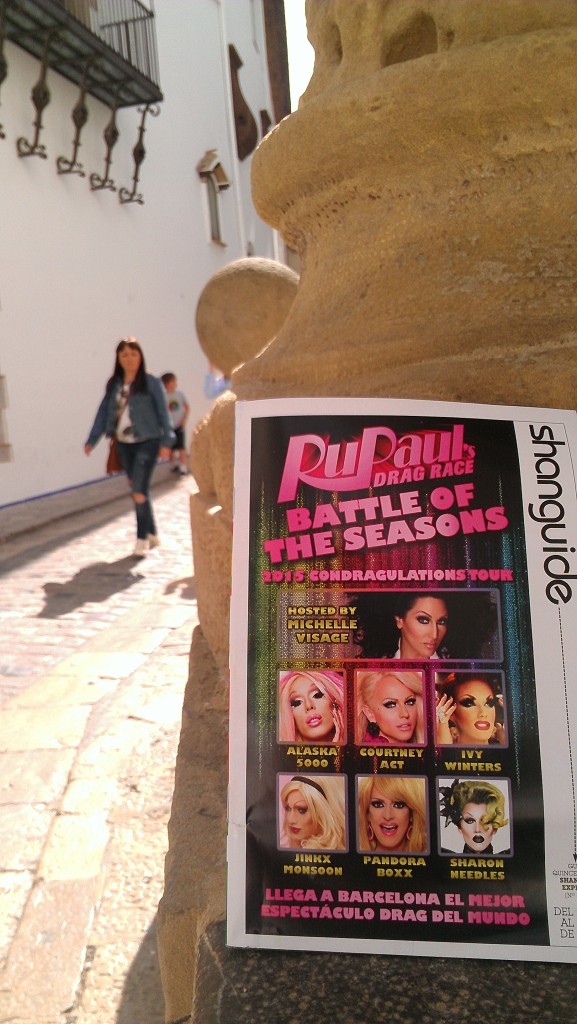
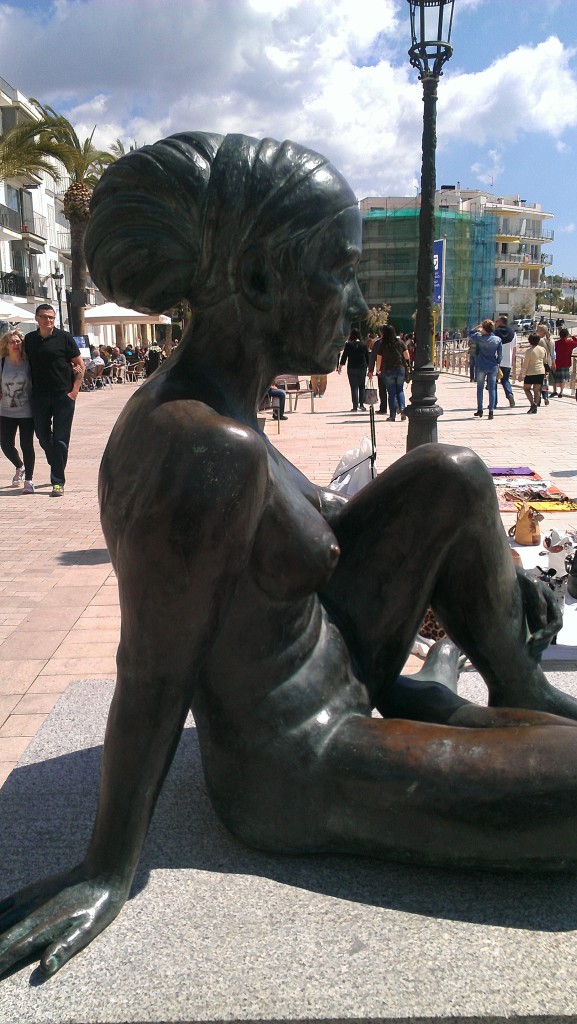
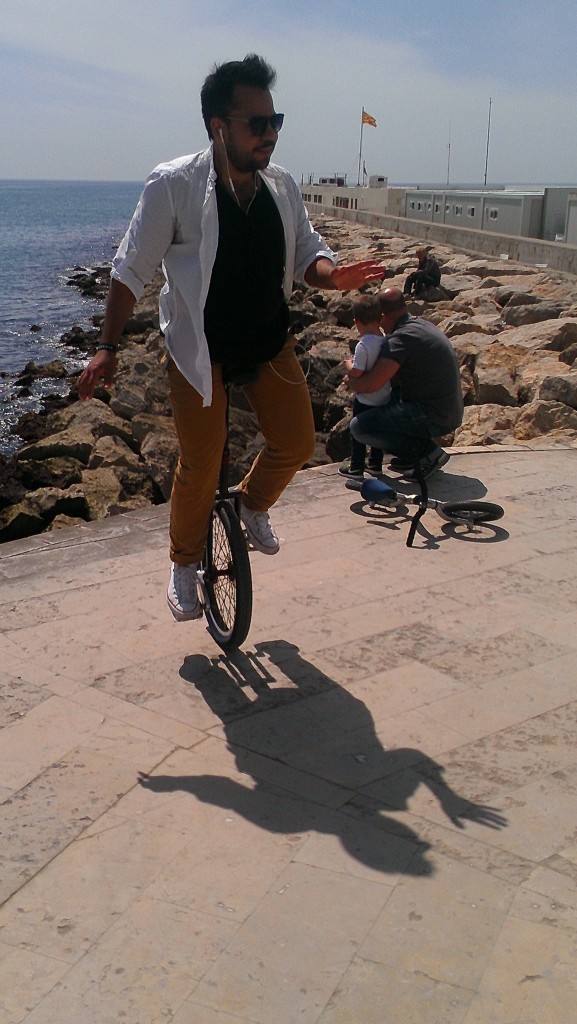
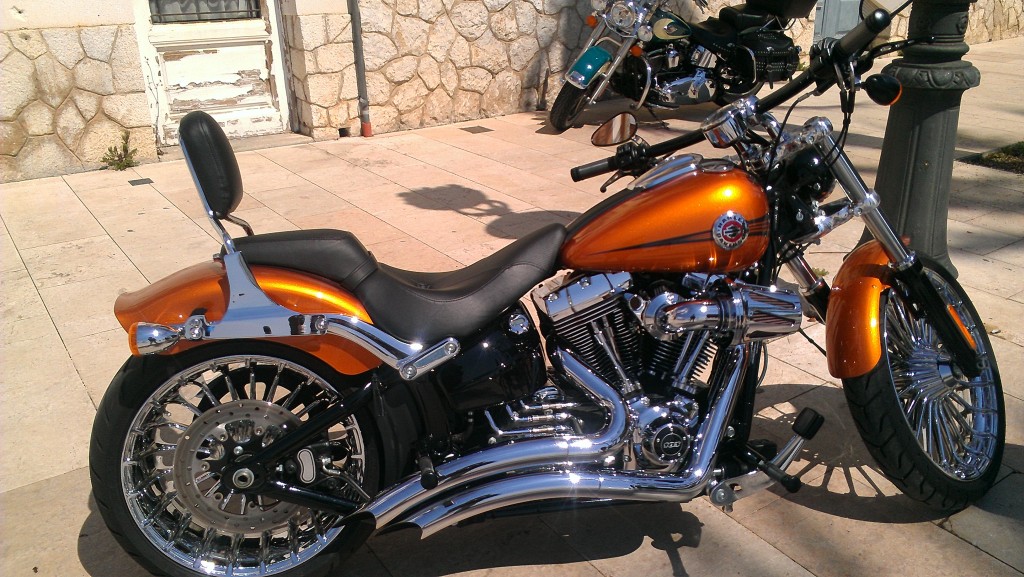

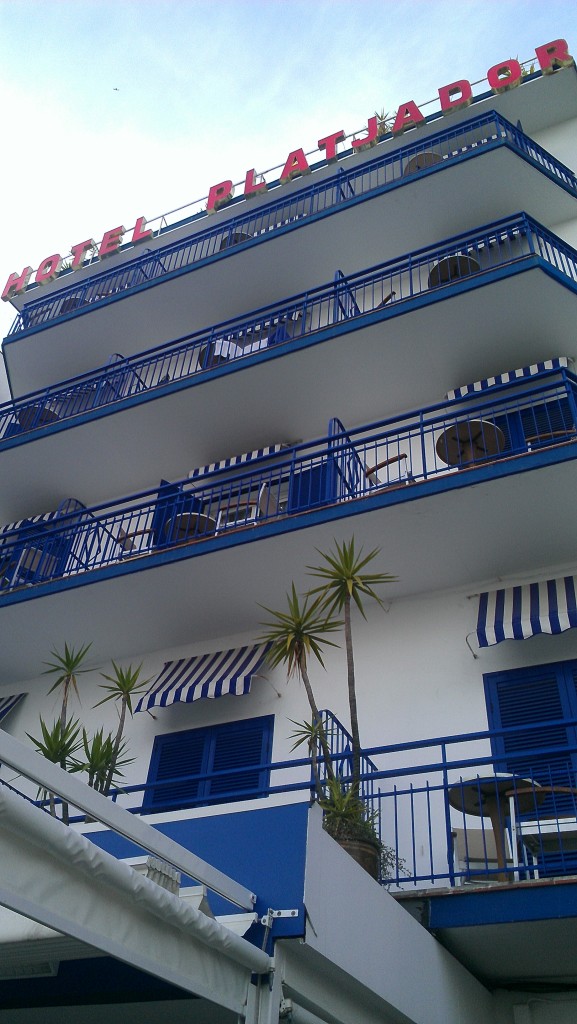
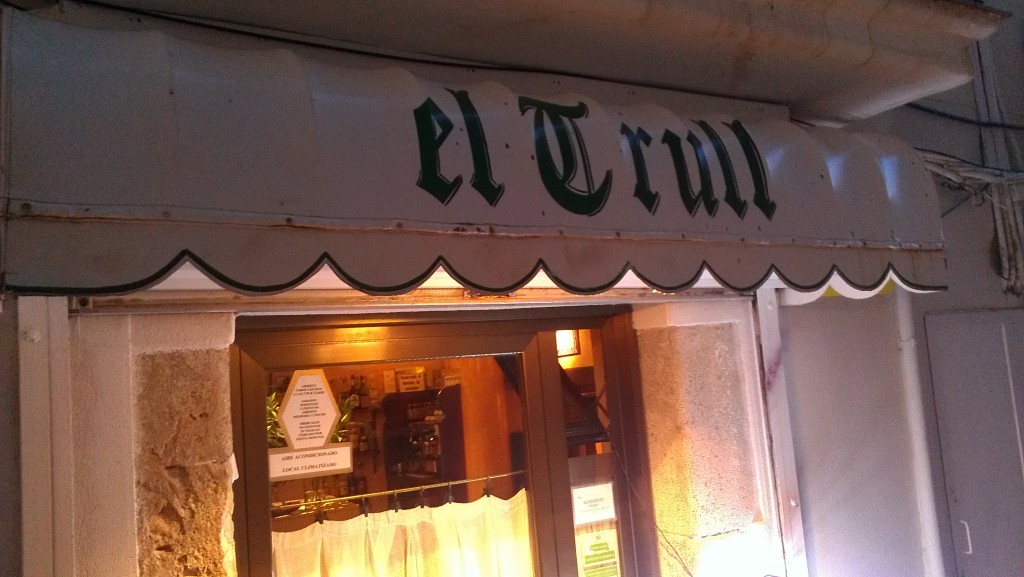
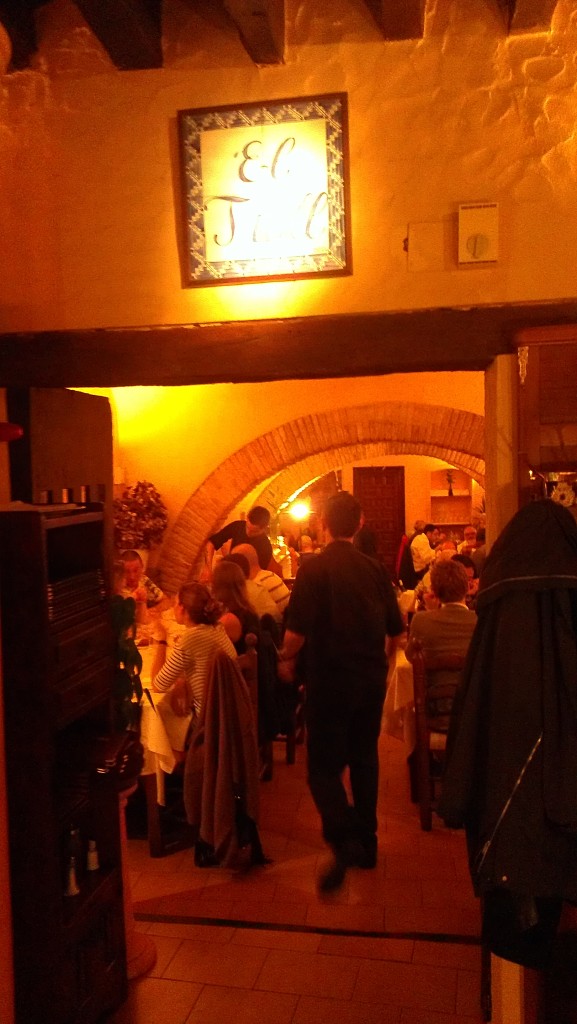
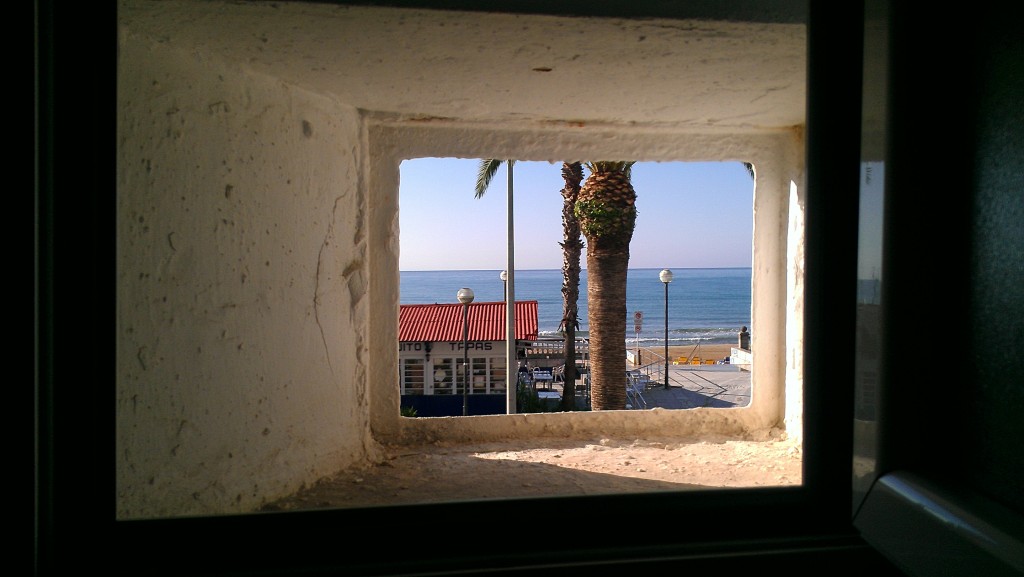
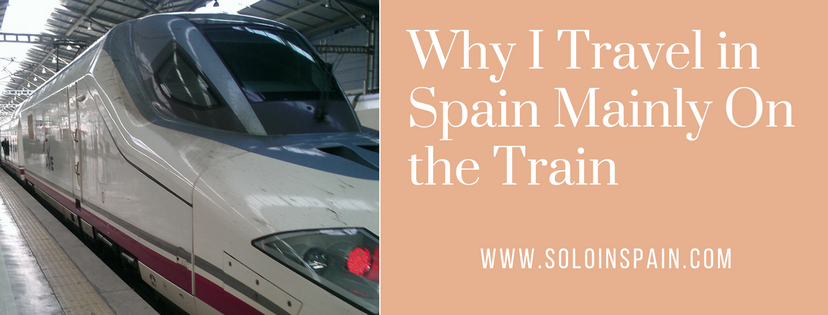
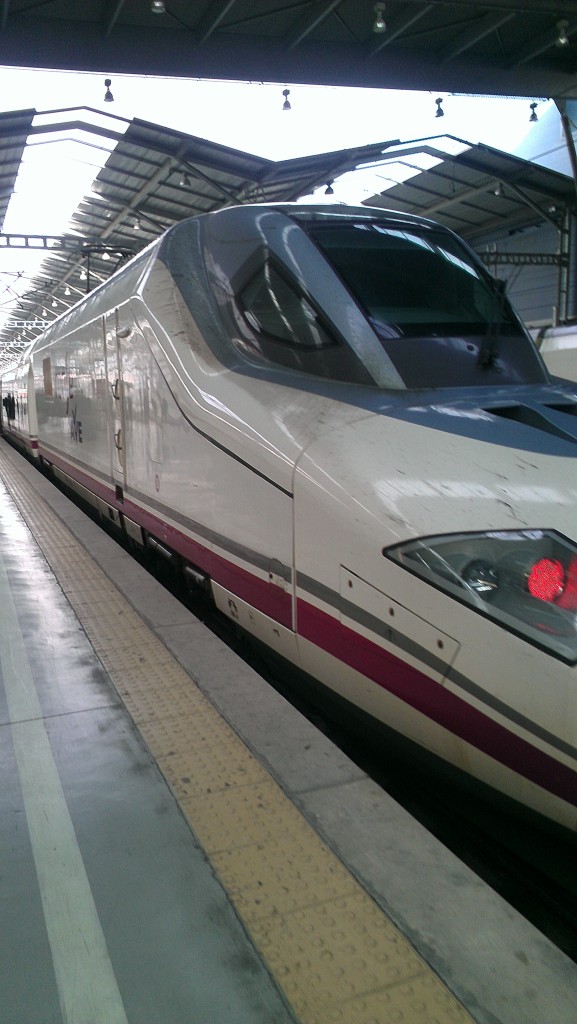
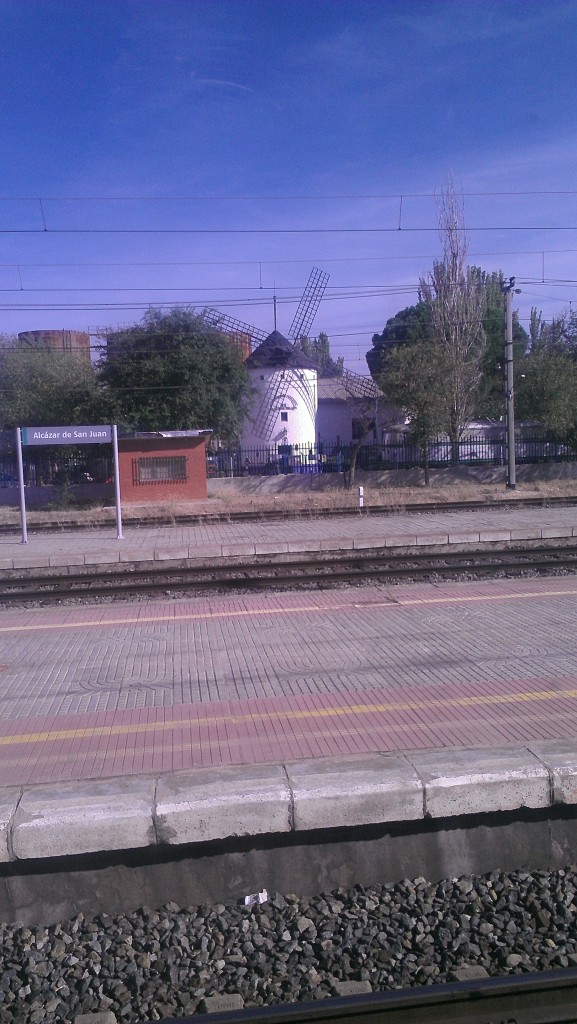
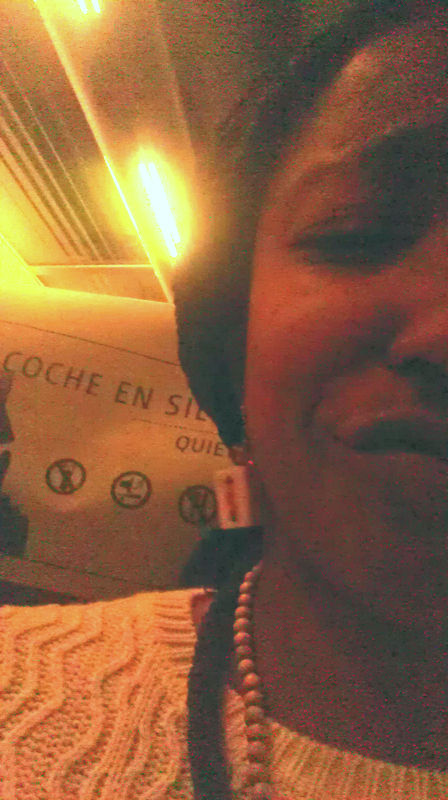

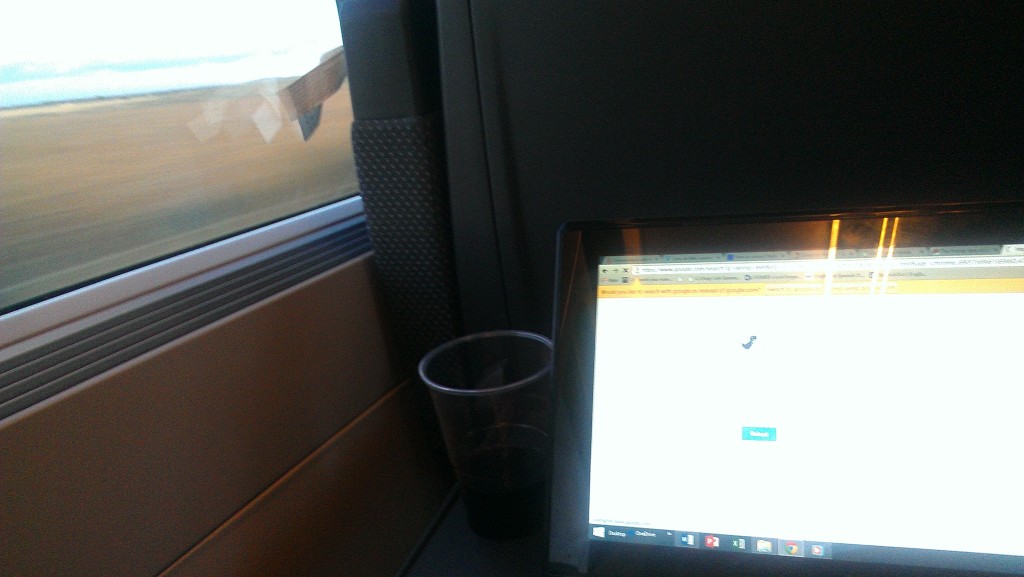
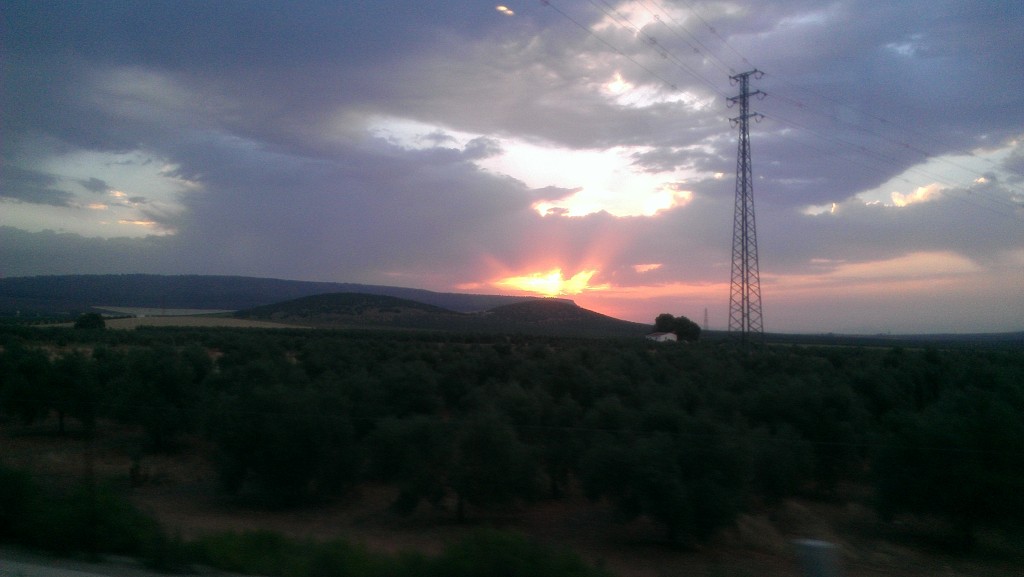
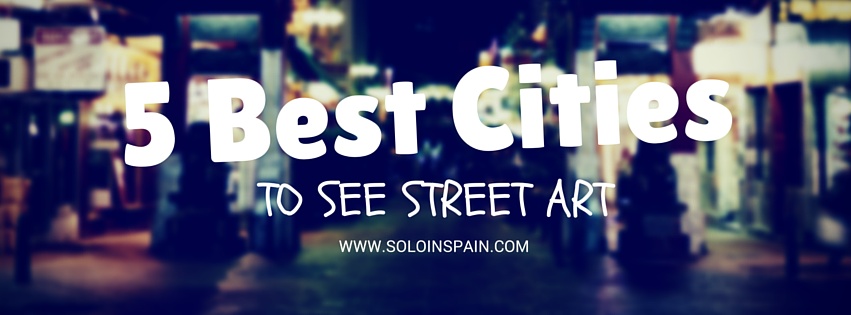
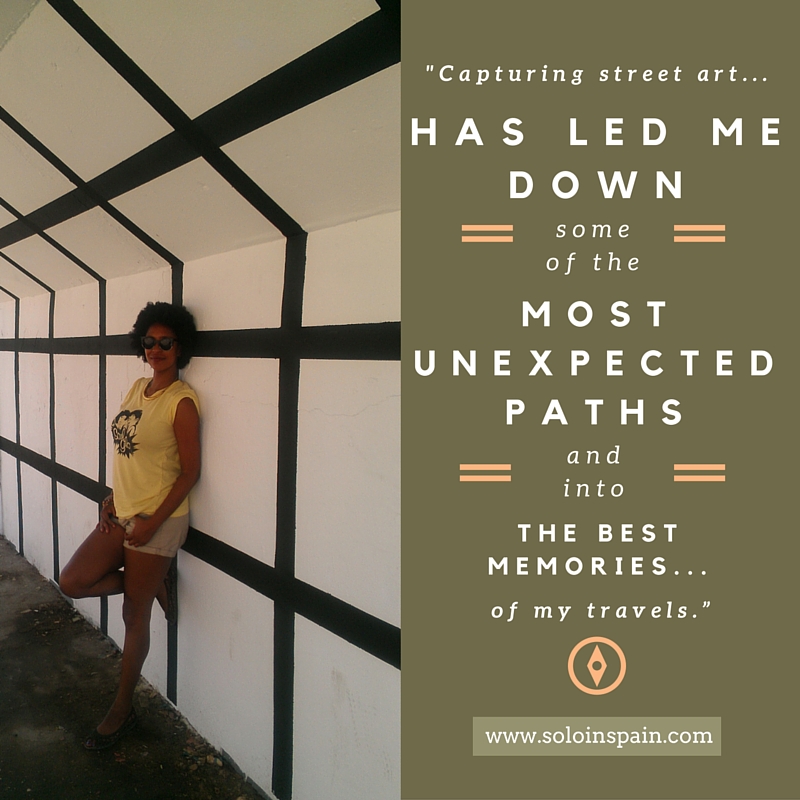
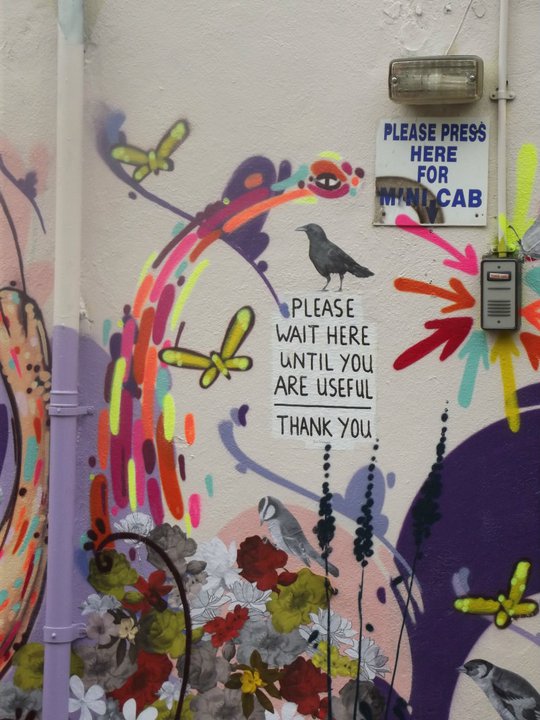
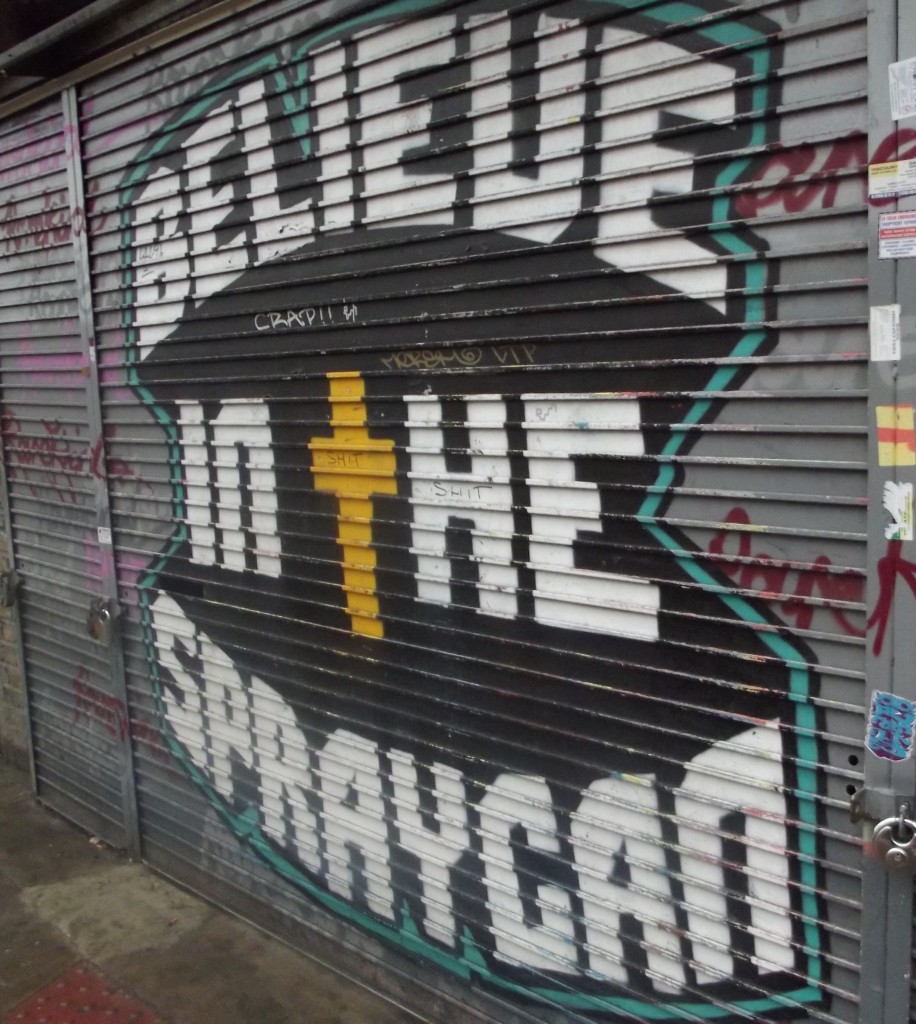
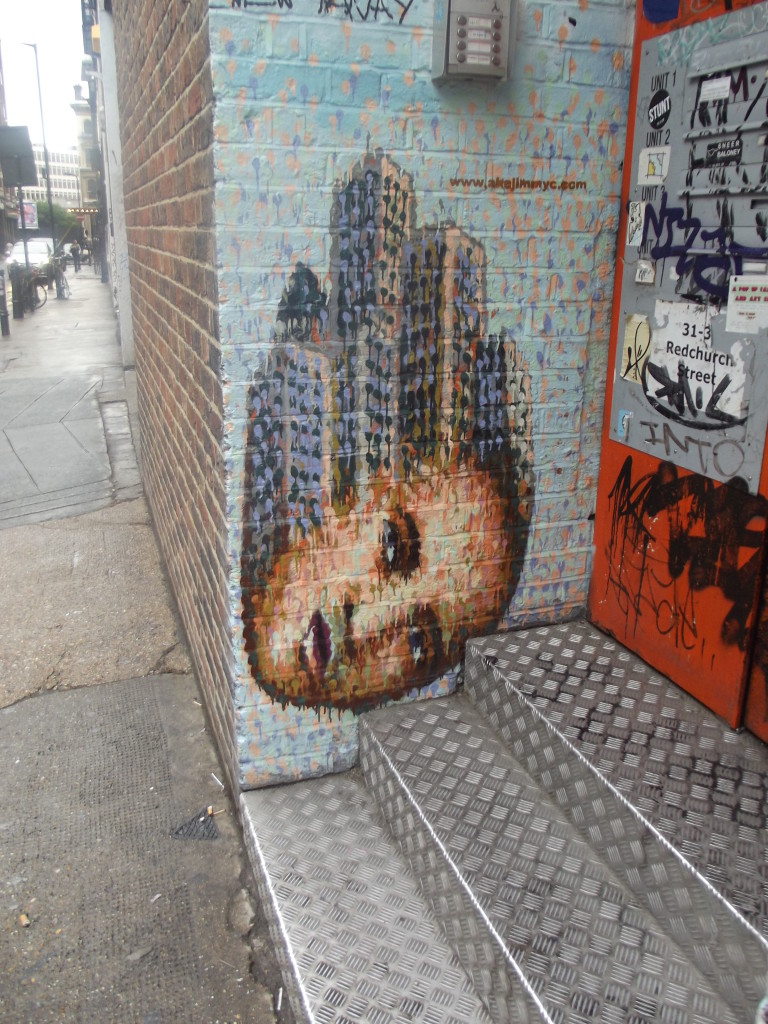
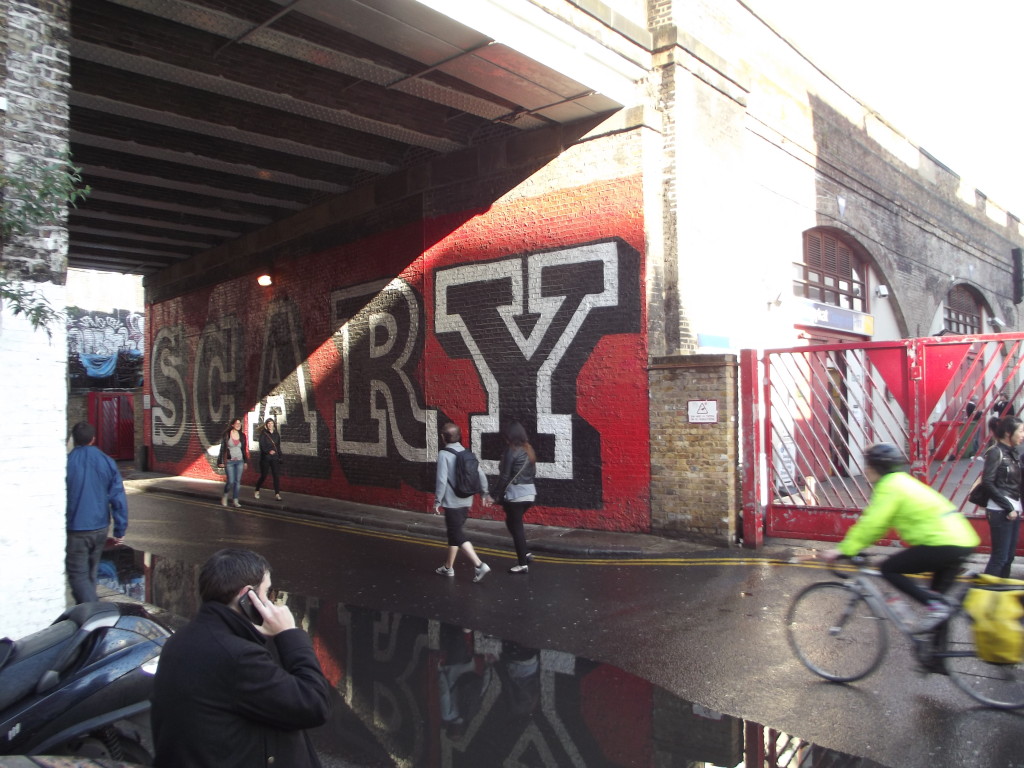
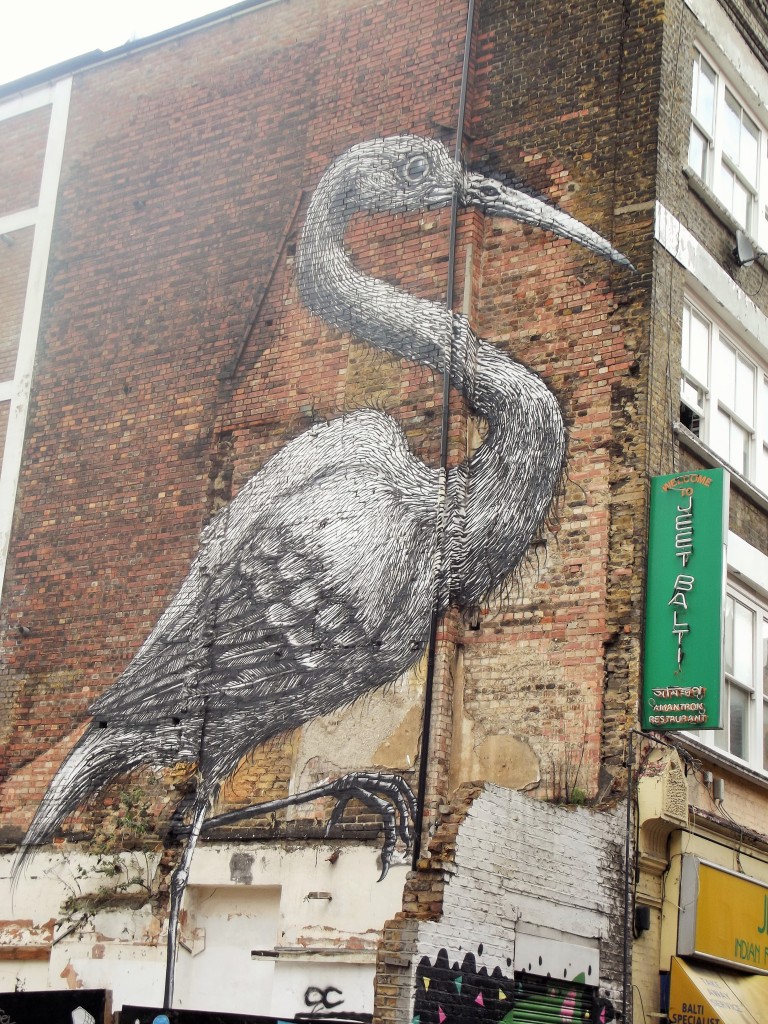
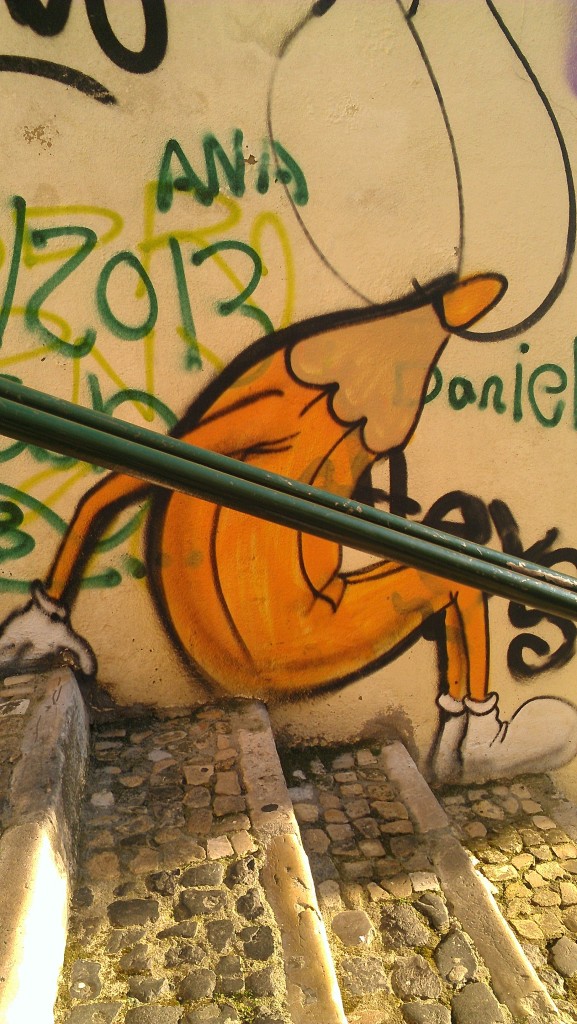
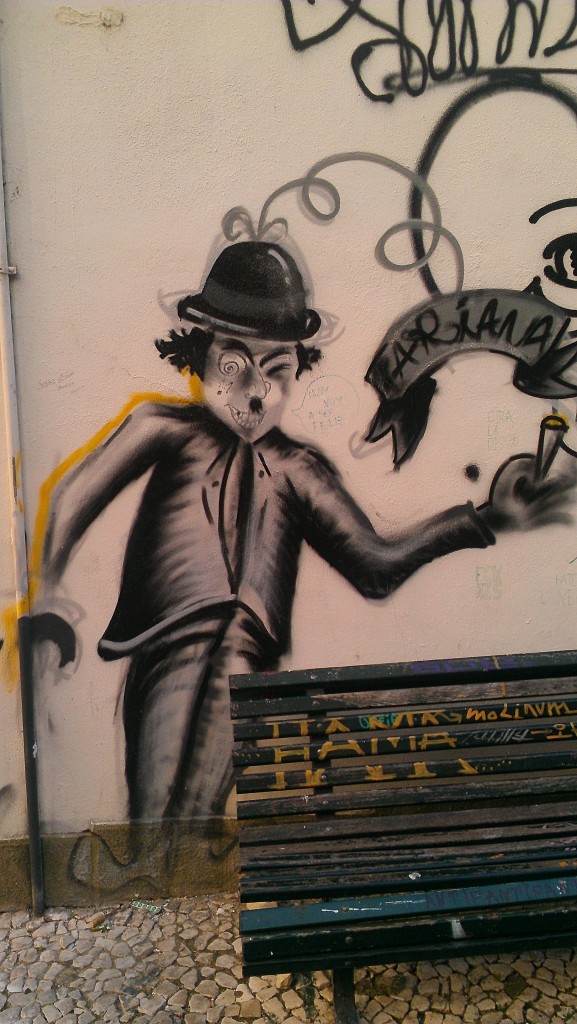

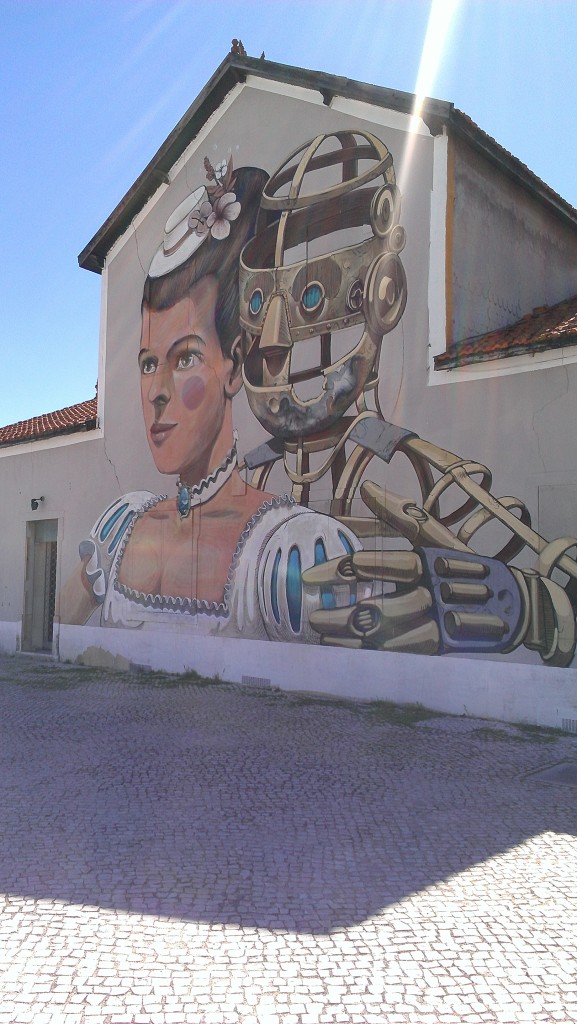
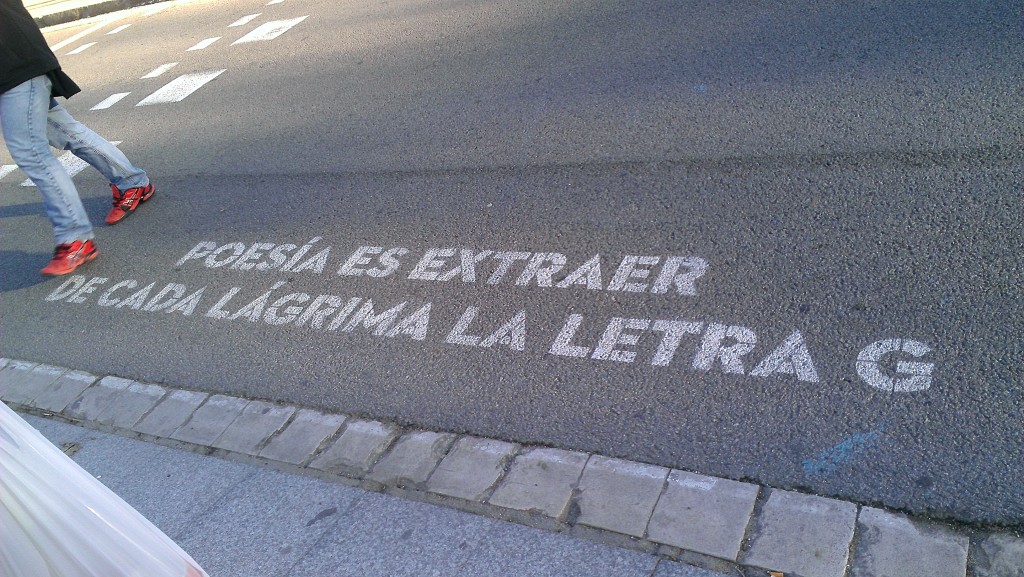

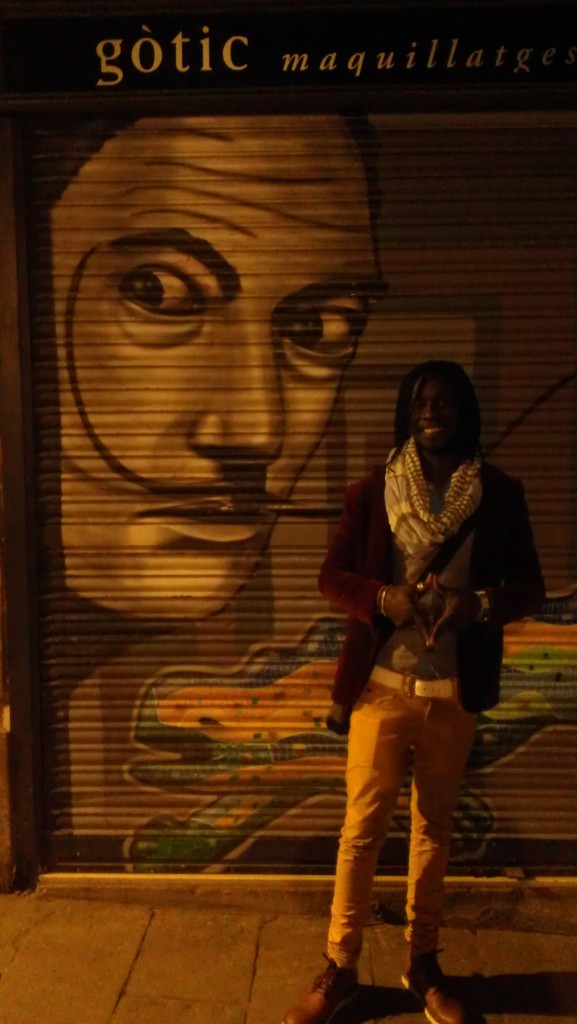


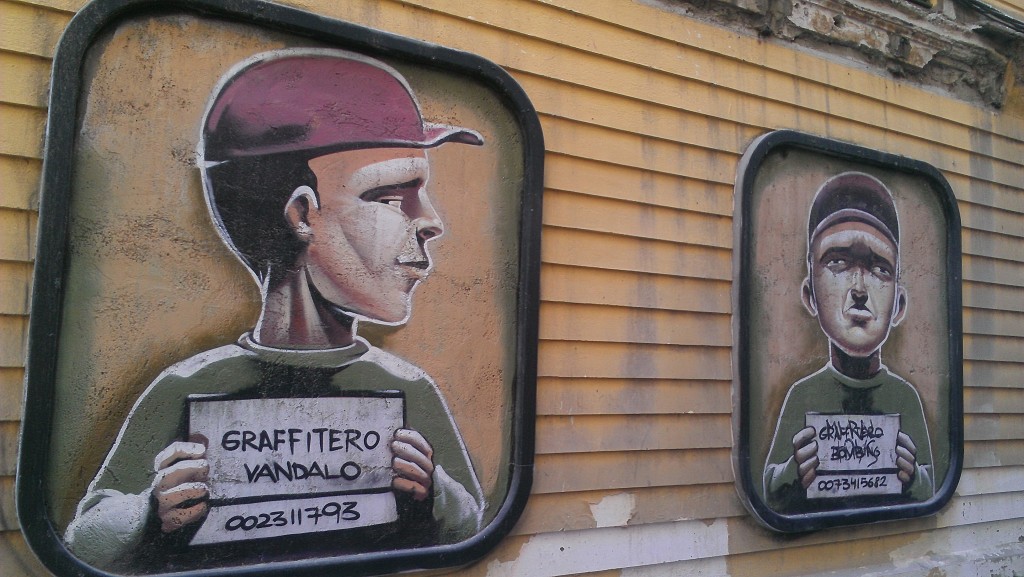

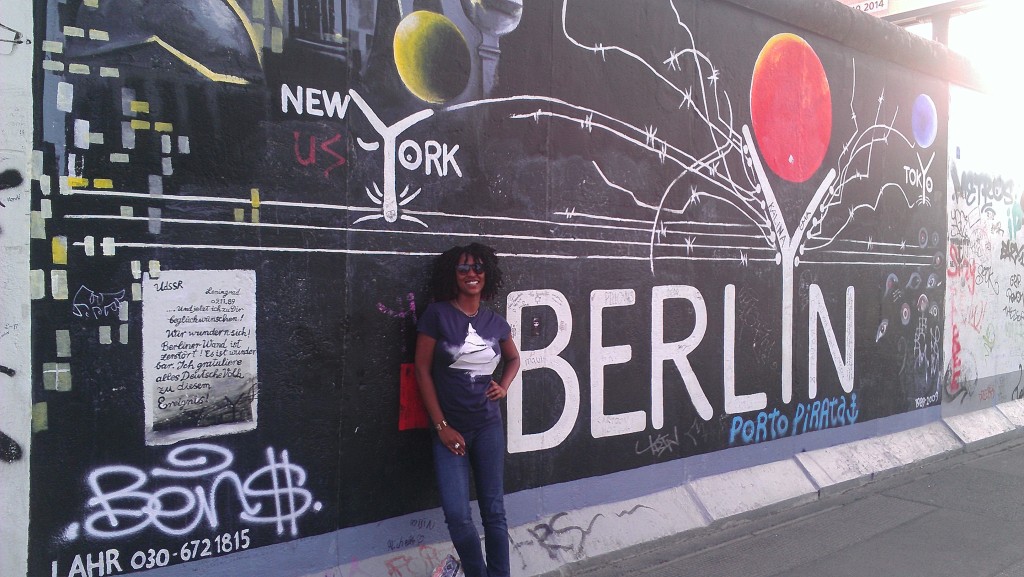
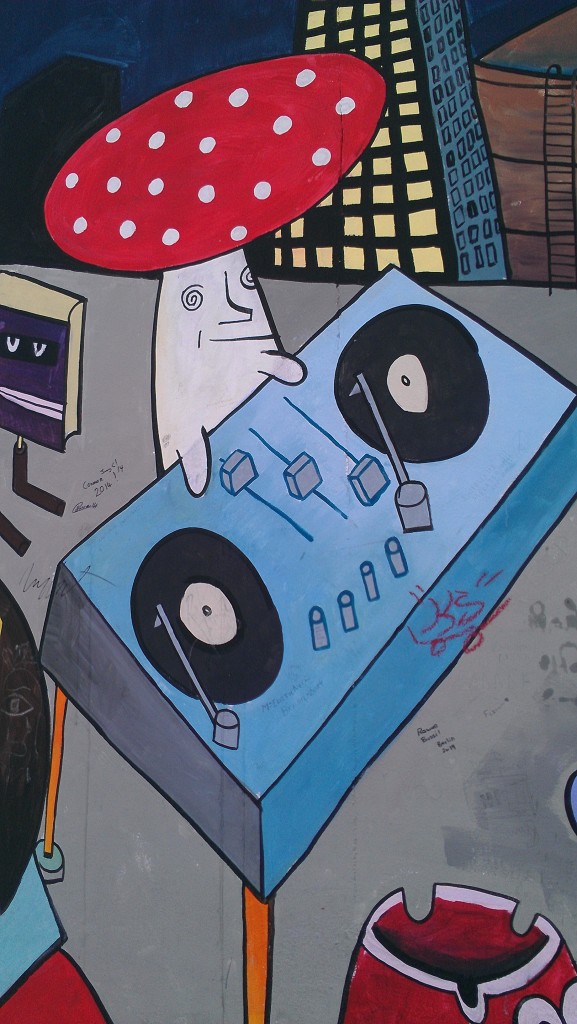

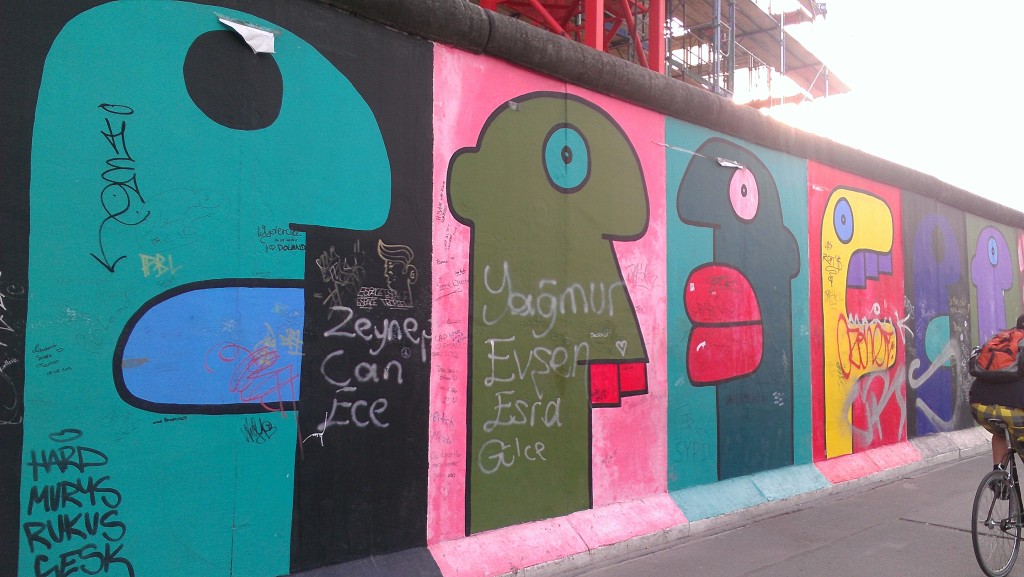
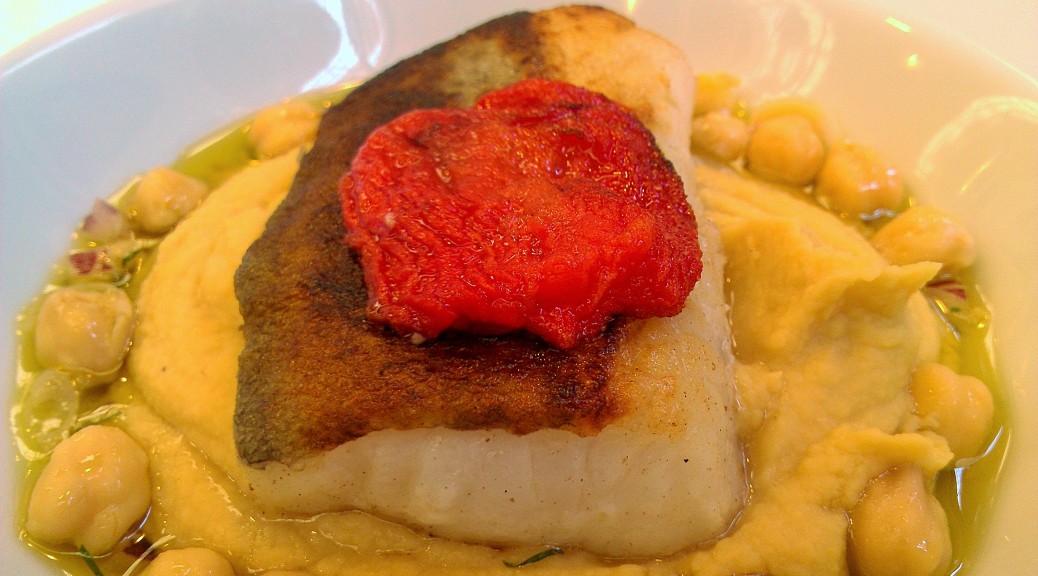
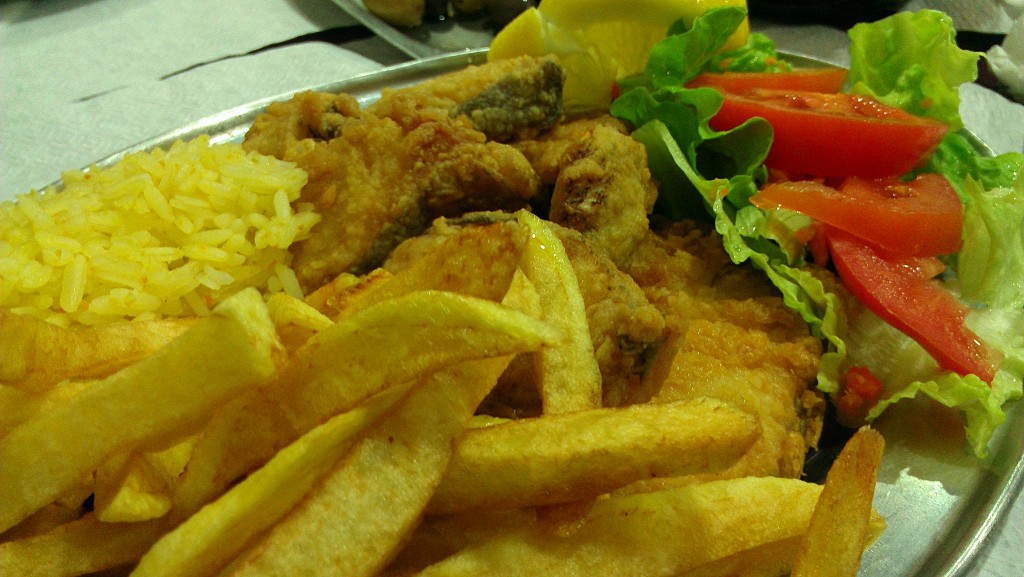

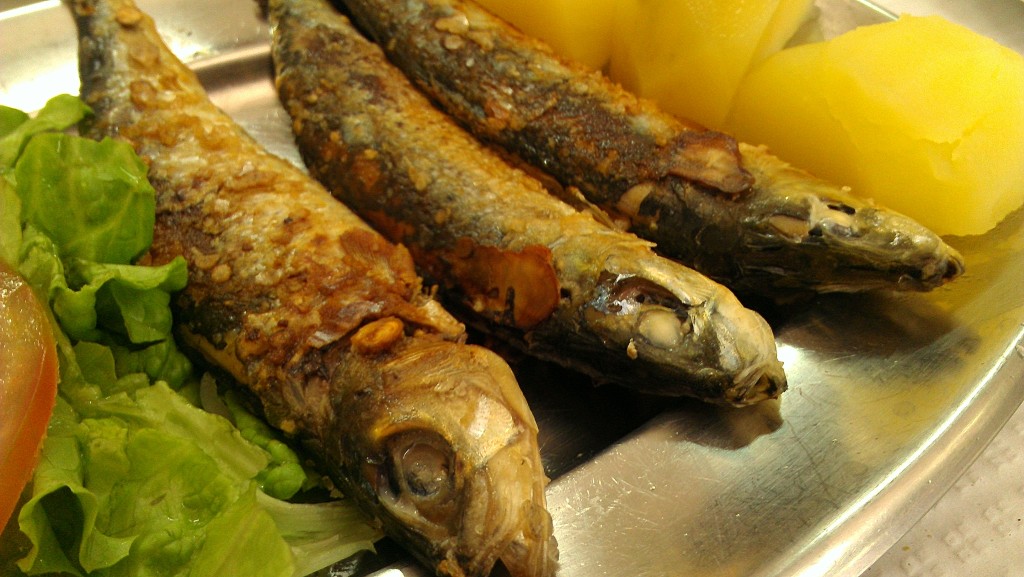

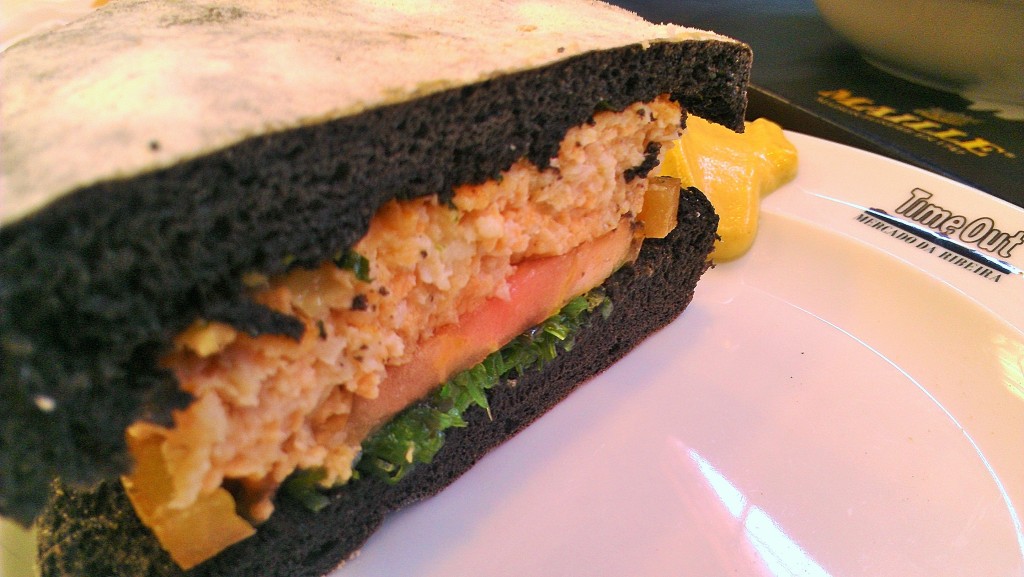
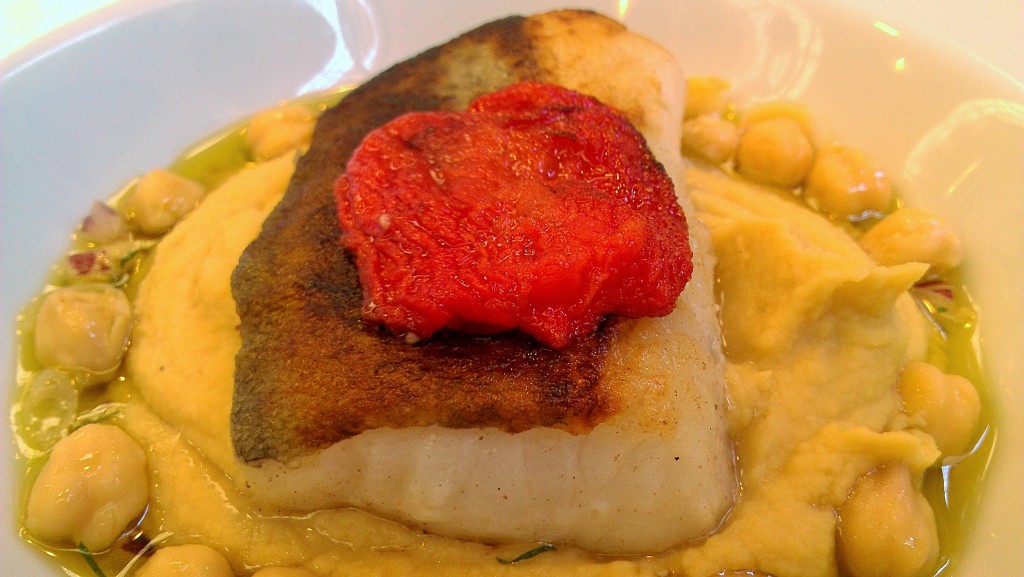



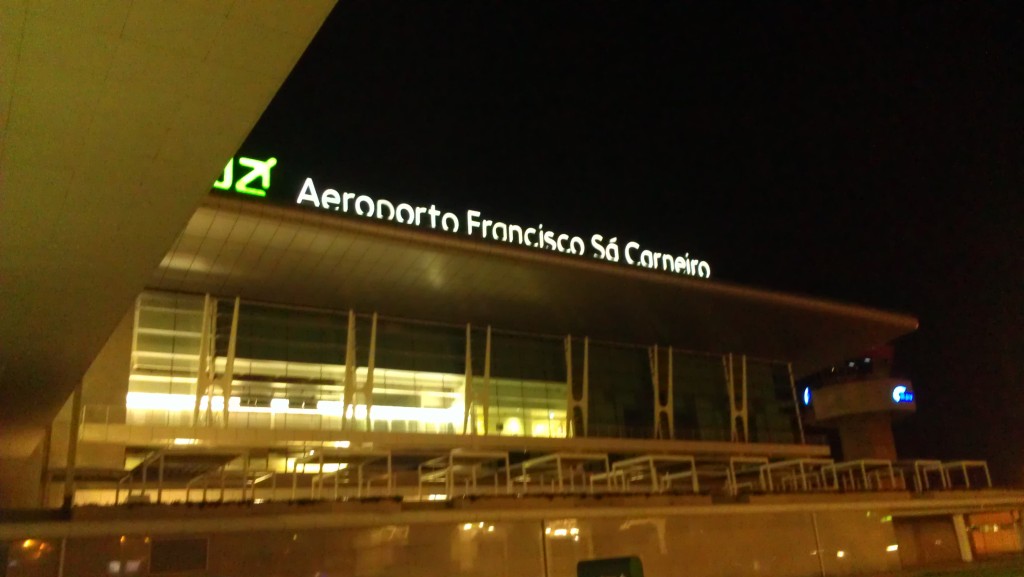
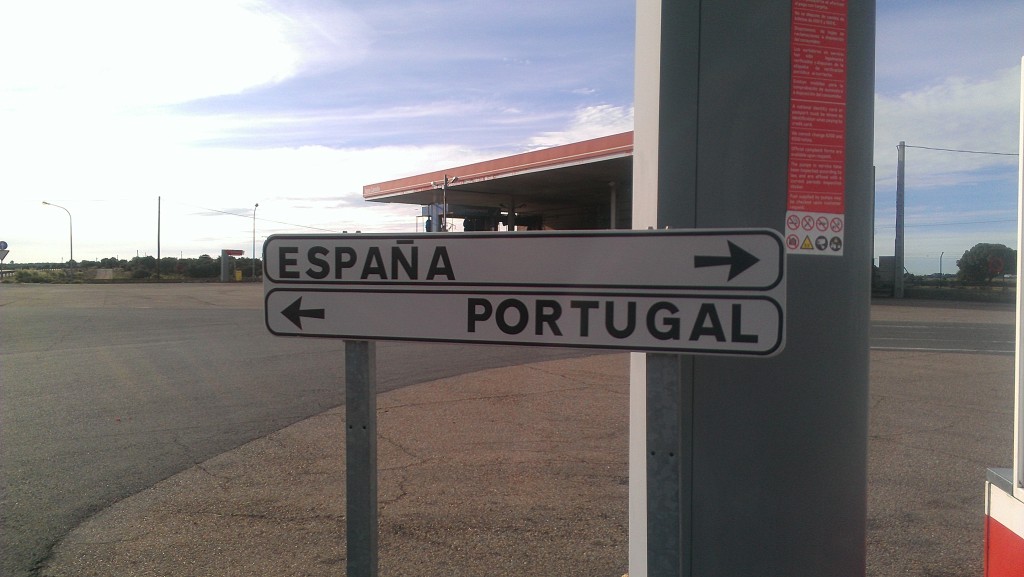




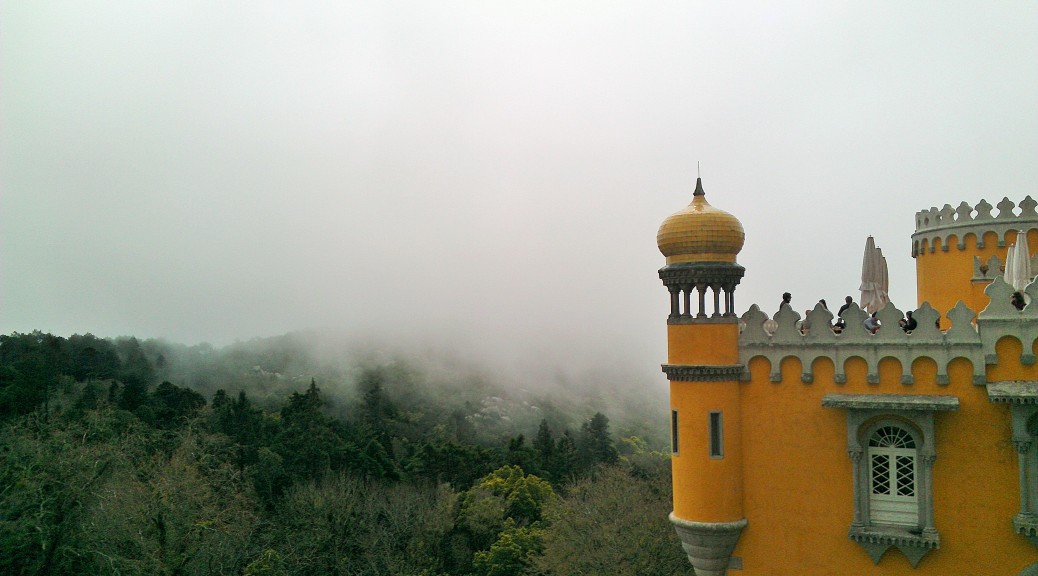
.jpg)
.jpg)
.jpg)

.jpg)
.jpg)
.jpg)
